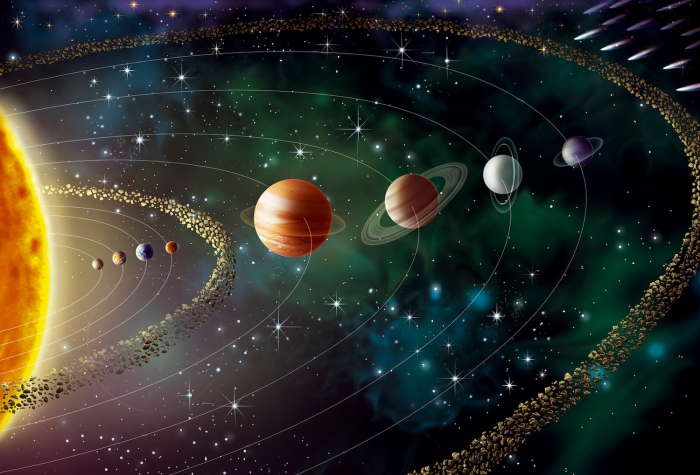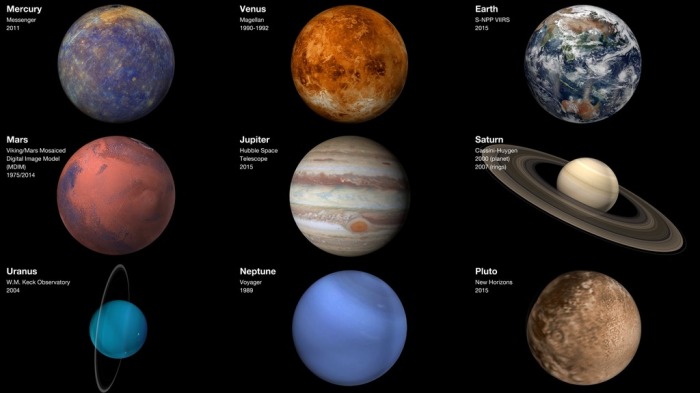Hey all. Me again answering more questions about the Sun. In this post, I am actually going to be answering a few all together in one answer, as they are very similar and it happens to be one of my favourite things I ever learnt about. So, without further ado, let’s find out the questions we are answering!

How was the Sun created?
To learn how the Sun was created, we need to head way back in time. Way before the Sun was even a Sun. Way back even before our galaxy was made! This means heading back over 13.51 billion years. A very long time ago.
At this point, the area of space we currently lived in looked very different. There were no stars, no planets, no suns. All that was there was a big pile of dust and gas. Not very impressive so far. But then something happened. We don’t really know what happened, but something did. It made all the gas and dust spin and hit into each other. It all crashed around and made our galaxy. A very good visual example of this is this video by the Slow Mo Guys, Gav and Dan. Watch the video, then come back here!
In the video, the Slow Mo Guys get a foam ball filled with water and spin it around. Not only does it look cool, but Gav is very right that it looks like a galaxy, because it was a very similar process that happened. The ball represents the black hole that’s in the middle of the galaxy, and all the water being flown about it is all the stars and gas and dust. What happens next is where we start answering our question.

So, now the galaxy has formed and there is alot of gas and dust floating around and spinning around a black hole. Sometimes, this gas and dust clumps together and starts hitting each other. This was case with our solar system. There was a lot of gas and dust spinning around itself, when something big came along and gave it a nudge. All the gas and dust started colliding and hitting each other, setting off chain reactions. Gas collected together and started something called ‘nucelar fusion’. This is what started the Sun. All the dust started joining together to make the planets and moons and other things in our solar system. This all happened 4.6 billion years ago, so a long time ago, but not as long as the start of the galaxy. It takes a long time for things in space to happen!

So now we have our solar system making itself. It is still really chaotic though, with big planets and small planets crashing about. Fairly quickly though, things start calming down and we start to see the solar system we know today. Then, 4.54 billion years ago, life starts happening on Earth. It still takes a long time before we start to see humans, but things are happening on our planet. When humans did start arriving, they were looking up into the sky constantly. It has always been interesting to see the night sky, because it is so different and always looks like it’s changing to us.
We can now move onto another question asked, which was who named all the planets? This is a really easy question to answer, because normally it is the person who discovered the planet who names them. Why they named them with some strange names is a mystery though. The closest planets (Mercury, Venus, Mars and Jupiter) to us have been known about and tracked for a very long time, because they are bright enough that we can see them clearly in the sky with no help from a telescope. So they have been known about every since humans have tracked the night sky. They may not have understood what these planets were, but they knew how they moved and named them.
The first planet to be “discovered” was Uranus, by Sir William Herschel in 1781. This was the first planet that needed a telescope to be seen. Next to be discovered was Neptune in 1846. Further away so needed a better telescope to be abelt o see and observe this planet. Pluto (which is argued both to be a planet and not a planet) was discovered in 1930. It was only in 2006 that Pluto was demoted to a dwarf planet, but we love it all the same!

So there we go, a couple of question answered about the Sun and how it and the planet was made. There is sooooo much more deatil I can go into about how everything was formed and what it is made of, but that is perhaps for another day and more complex post.
In the meanwhile, if anyone has any questions about anything to do with space, please do pop them down and let me know! I could create a post just for you! Also, feel free to follow me on Twitter. Spacelabh has its own Twitter page now, so you can stay up to date with new posts and other fun and current information about space. I also have a personal Twitter account you are more than welcome to follow, which includes space, gaming and other random tweets. Thank you all and see you next time!
